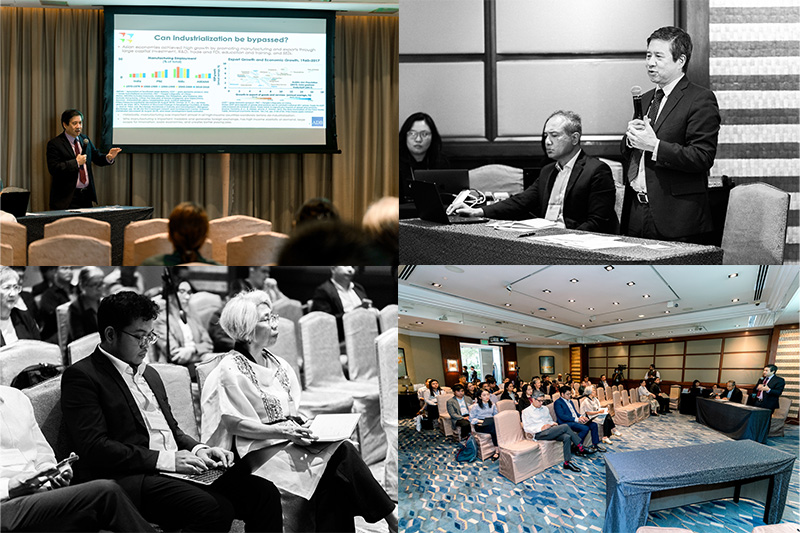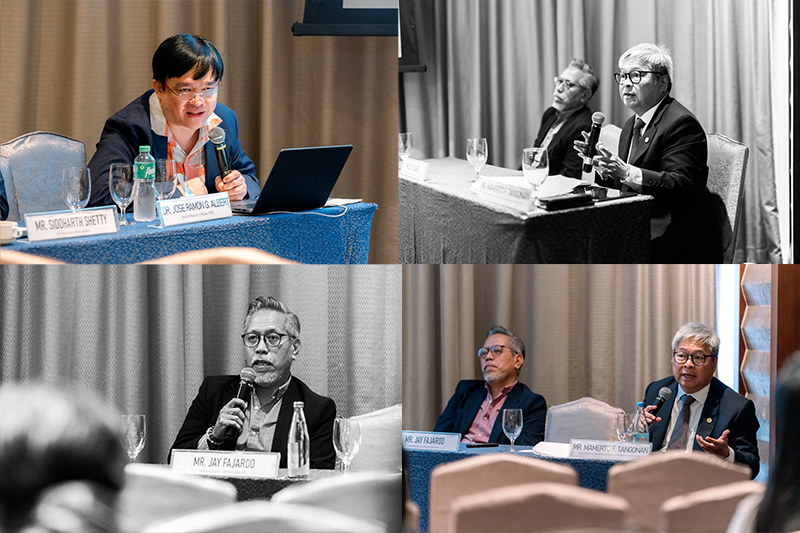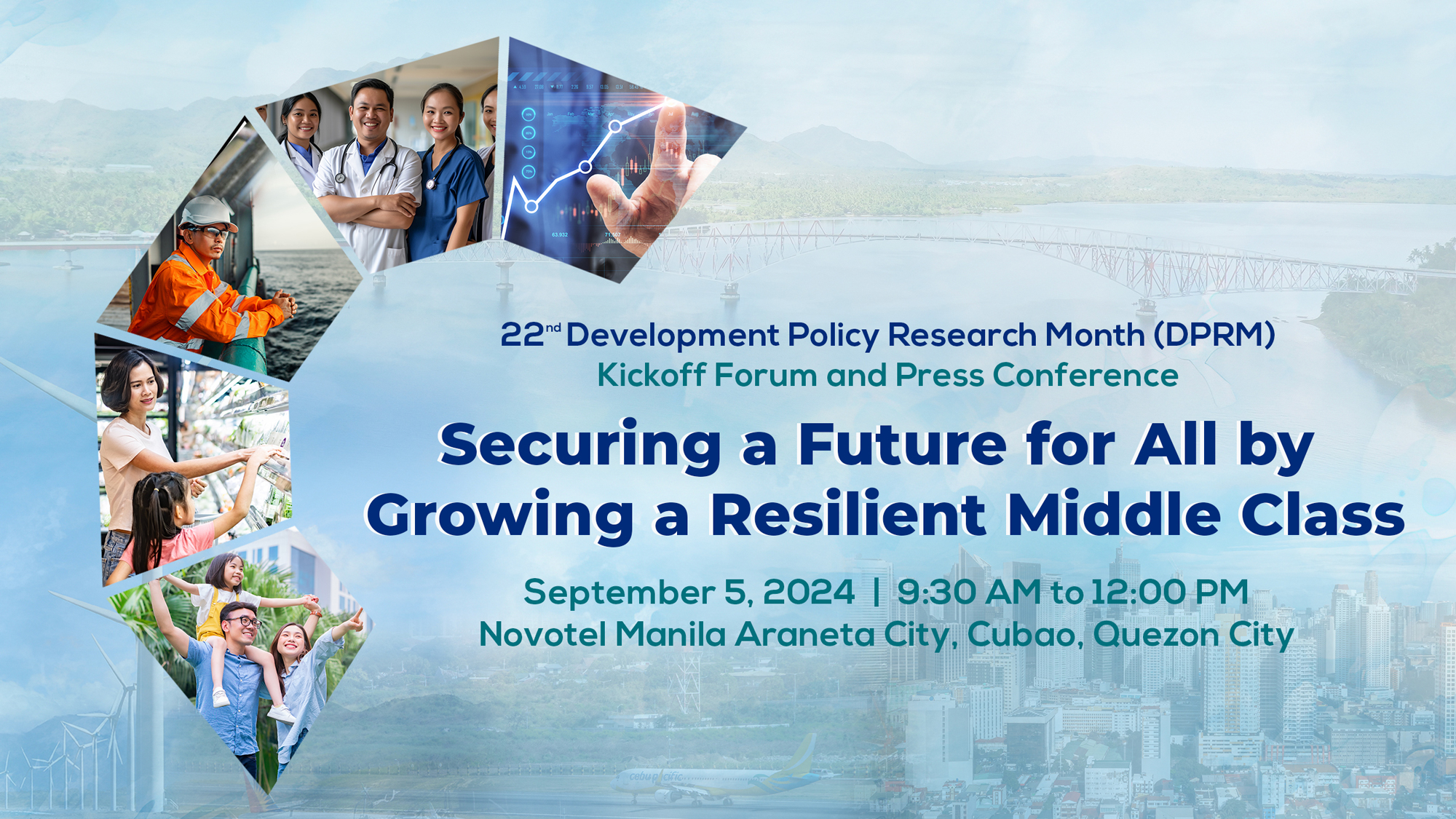Members of the middle class are unlikely to receive cash assistance from the government amid the coronavirus pandemic as subsidies are currently targeted mainly for the country's most vulnerable families, Finance Secretary Carlos Dominguez III said Monday.
According to Dominguez, the Bayanihan to Heal as One Act already gives assistance to the middle class by allowing a grace period on loan repayments, but cash assistance is currently unlikely.
"I doubt it at this point in time, because when we define middle class, first of all, for those people who have regular jobs," he said in an interview on CNN Philippines.
Dominguez in the same interview said that other forms of assistance to the middle class are already provided for in the Bayanihan to Heal as One Act signed by President Rodrigo Duterte last month.
"In fact, the Bayanihan to Heal as One Act addressed the middle-class concerns first by allowing the loans by requiring the banks not to collect loans immediately, by giving them a period to delay the payment of amortization, by not allowing the banks to charge interest on interest, and also the payments for a credit card," he said.
"Those are designed primarily for the middle class because it's the middle class that has housing loans, it's the middle class that have credit card loans, et cetera, so the middle class has been assisted in that fashion," explained Dominguez.
Still, he noted that members of the middle class who work for micro, small, and medium enterprises (MSMEs) will continue to receive a cash grant from the government.
"People who are working for the MSMEs definitely will receive a cash support and we believe that they will be around 3.5 million people involved there, and the total cost will be between P35 and P51 billion, so that part of the middle class, yes, they will receive support," Dominguez said.
According to a 2018 study by the Philippine Institute for Development Studies (PIDS), a nonstock, nonprofit government corporation that serves as the government's primary socioeconomic policy think tank, 40% of the country's population belong to the middle-income class.
It categorized the middle class as those who have a monthly family income of between P19,040 to P114,240 at 2017 prices.
Just last week, the government was urged by Cavite Governor Juanito Victor "Jonvic" Remulla to consider providing assistance to the middle class, especially given the standstill brought about by the COVID-19 outbreak.
President Rodrigo Duterte has since ordered the economic team to look the possibility of including the middle class in the government's cash subsidy program.
For the lower-income class, Dominguez said the government has already released funds for the first tranche of financial assistance.
"At the moment, the plan as announced was P275 billion. We have already released the first P100 billion for the first month and for the coming months there will be another release of the balance of the funds," he said.
"This will cover essentially our initial goal of assisting the millions of people who are the most vulnerable in the economy as well as the employees of very small businesses," elaborated Dominguez.
According to Dominguez, the Bayanihan to Heal as One Act already gives assistance to the middle class by allowing a grace period on loan repayments, but cash assistance is currently unlikely.
"I doubt it at this point in time, because when we define middle class, first of all, for those people who have regular jobs," he said in an interview on CNN Philippines.
Dominguez in the same interview said that other forms of assistance to the middle class are already provided for in the Bayanihan to Heal as One Act signed by President Rodrigo Duterte last month.
"In fact, the Bayanihan to Heal as One Act addressed the middle-class concerns first by allowing the loans by requiring the banks not to collect loans immediately, by giving them a period to delay the payment of amortization, by not allowing the banks to charge interest on interest, and also the payments for a credit card," he said.
"Those are designed primarily for the middle class because it's the middle class that has housing loans, it's the middle class that have credit card loans, et cetera, so the middle class has been assisted in that fashion," explained Dominguez.
Still, he noted that members of the middle class who work for micro, small, and medium enterprises (MSMEs) will continue to receive a cash grant from the government.
"People who are working for the MSMEs definitely will receive a cash support and we believe that they will be around 3.5 million people involved there, and the total cost will be between P35 and P51 billion, so that part of the middle class, yes, they will receive support," Dominguez said.
According to a 2018 study by the Philippine Institute for Development Studies (PIDS), a nonstock, nonprofit government corporation that serves as the government's primary socioeconomic policy think tank, 40% of the country's population belong to the middle-income class.
It categorized the middle class as those who have a monthly family income of between P19,040 to P114,240 at 2017 prices.
Just last week, the government was urged by Cavite Governor Juanito Victor "Jonvic" Remulla to consider providing assistance to the middle class, especially given the standstill brought about by the COVID-19 outbreak.
President Rodrigo Duterte has since ordered the economic team to look the possibility of including the middle class in the government's cash subsidy program.
For the lower-income class, Dominguez said the government has already released funds for the first tranche of financial assistance.
"At the moment, the plan as announced was P275 billion. We have already released the first P100 billion for the first month and for the coming months there will be another release of the balance of the funds," he said.
"This will cover essentially our initial goal of assisting the millions of people who are the most vulnerable in the economy as well as the employees of very small businesses," elaborated Dominguez.












